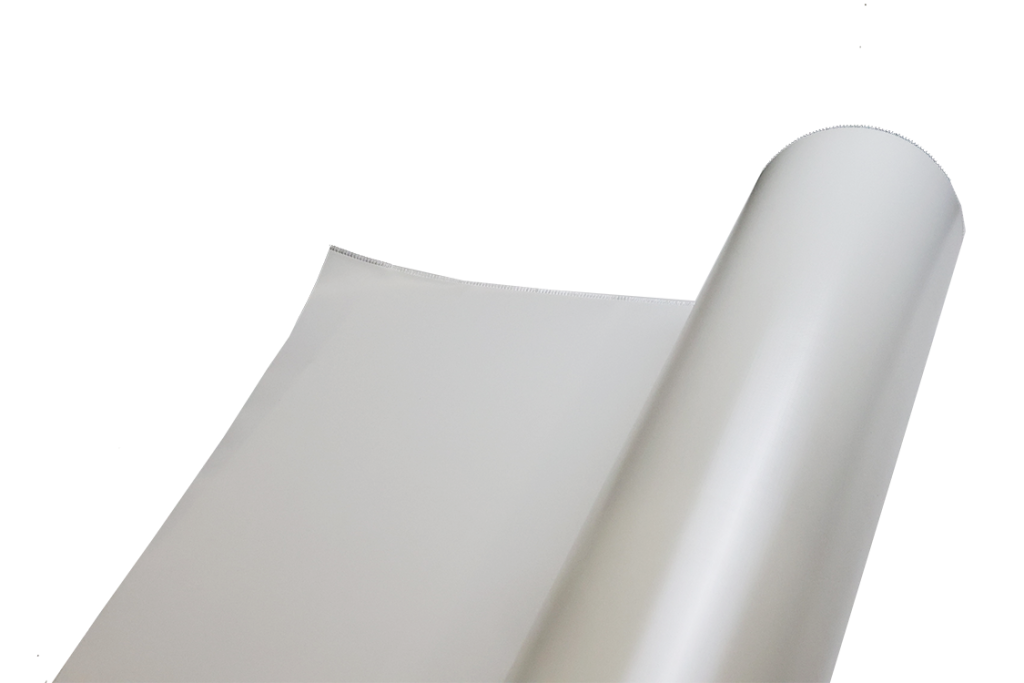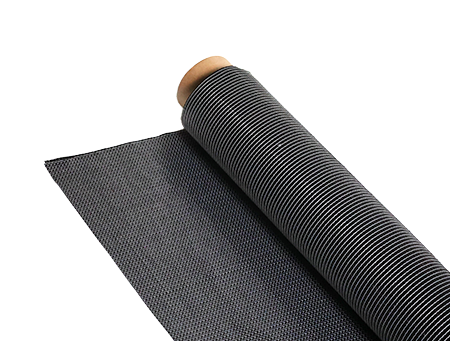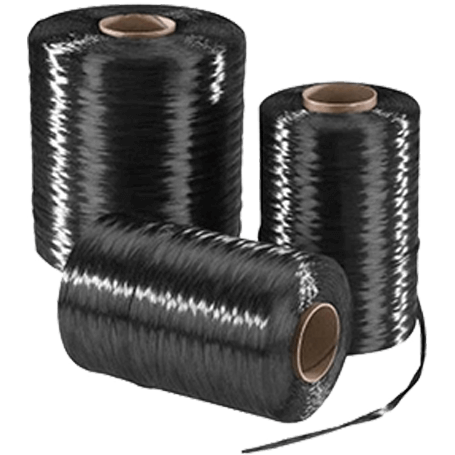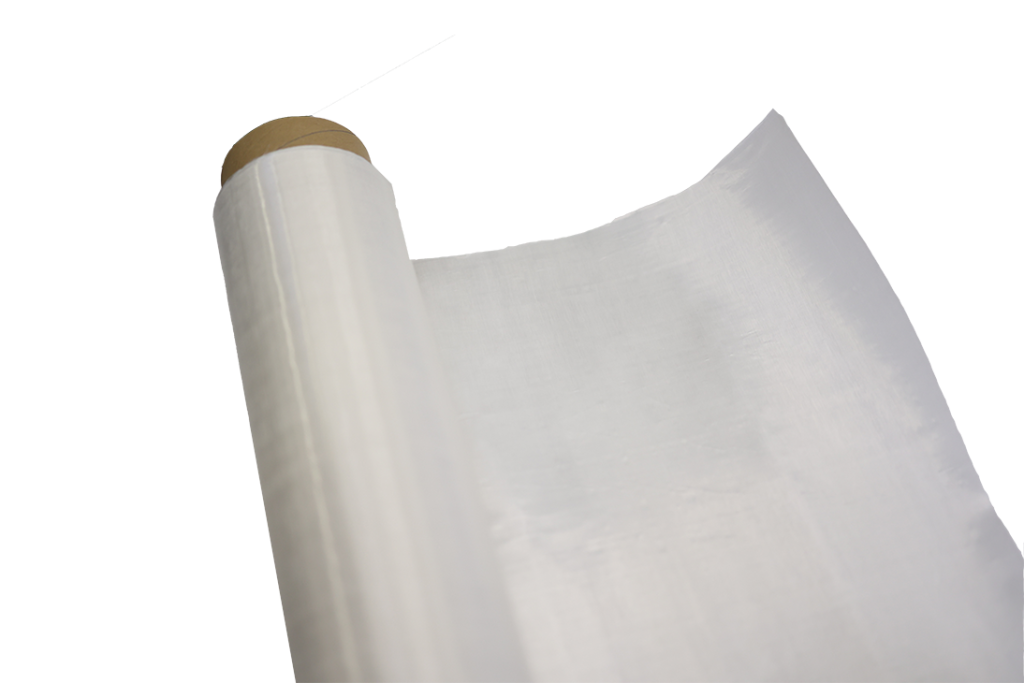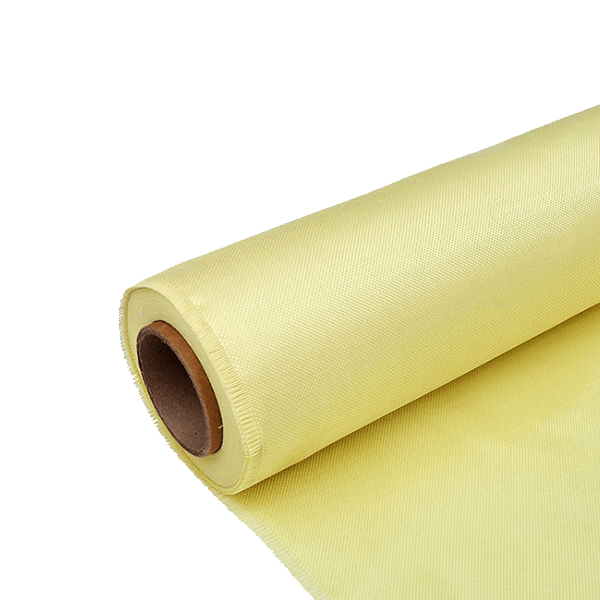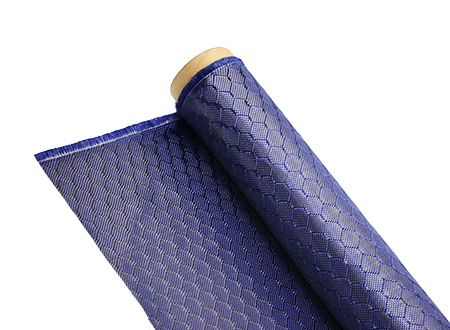Почему смола со временем желтеет?
-
Оглавление
«Раскрывая секреты: почему смола со временем теряет свой блеск».
Пожелтение смолы со временем — распространённая проблема, затрагивающая различные типы смоляных материалов, включая эпоксидные и полиуретановые. Это изменение цвета может быть обусловлено несколькими факторами, включая воздействие ультрафиолетового (УФ) света, тепла и условий окружающей среды. УФ-излучение солнечного света может разрушать химические связи в смоле, что приводит к ухудшению её прозрачности и цвета. Кроме того, тепло может ускорить процесс старения, вызывая химические реакции, приводящие к пожелтению. Другими факторами, способствующими пожелтению, могут быть наличие примесей, добавок и качество самой смолы. Понимание этих причин крайне важно для выбора правильных материалов и мер защиты, которые позволят сохранить эстетические качества изделий из смолы в течение длительного времени.
Воздействие ультрафиолетового света
Смола, популярный материал, используемый в различных областях, таких как искусство, ремесла и промышленность, часто хвалят за её прозрачность и долговечность. Однако со временем многие пользователи замечают нежелательные изменения внешнего вида, в частности, пожелтение, которое может снизить эстетическую привлекательность. Одной из основных причин этого явления является воздействие ультрафиолетового (УФ) света. Понимание механизмов воздействия УФ-излучения на смолу может дать ценную информацию как производителям, так и потребителям, стремящимся сохранить целостность своих изделий из смолы.
После отверждения смола приобретает прозрачную и глянцевую поверхность, что повышает её визуальную привлекательность. Однако химическая структура смолы подвержена деградации под воздействием УФ-излучения. Это воздействие инициирует серию фотохимических реакций, которые могут разрушать полимерные цепи в смоле. По мере разрушения этих цепей прозрачность материала снижается, что приводит к появлению желтоватого оттенка, который со временем может становиться более выраженным. Этот процесс особенно заметен в смолах, не предназначенных специально для защиты от УФ-излучения, поскольку в стандартных составах могут отсутствовать необходимые стабилизаторы для смягчения этого эффекта.
Более того, интенсивность и продолжительность воздействия ультрафиолета играют важную роль в скорости пожелтения. Например, изделия из смолы, которые часто подвергаются воздействию прямых солнечных лучей или воздействию ультрафиолета, с большей вероятностью пожелтеют раньше, чем те, которые хранятся в тени или в помещении. Следовательно, кумулятивный эффект длительного воздействия может привести к необратимым изменениям внешнего вида смолы, поэтому пользователям крайне важно тщательно продумывать условия хранения и демонстрации продукции.
Помимо прямого солнечного света, пожелтению смолы могут способствовать и искусственные источники света, такие как флуоресцентные и галогенные лампы. Эти источники света испускают ультрафиолетовое излучение, хотя и меньшей интенсивности, чем естественный солнечный свет. Тем не менее, для изделий, постоянно подвергающихся такому воздействию, постепенное накопление ультрафиолетового излучения может привести к заметному изменению цвета. Поэтому тем, кто работает со смолой, рекомендуется внимательно относиться к выбору освещения, особенно в местах, где изделия из смолы экспонируются или хранятся.
Для борьбы с пожелтением, вызванным УФ-излучением, производители разработали специальные составы, включающие УФ-стабилизаторы и ингибиторы. Эти добавки поглощают вредное УФ-излучение и предотвращают его проникновение через поверхность смолы. В результате смолы, обработанные этими стабилизаторами, более устойчивы к пожелтению и могут сохранять свою прозрачность в течение длительного времени. Для потребителей выбор продукции из УФ-стойких смол может стать профилактической мерой, гарантирующей долговечность и эстетическое качество их изделий.
В заключение следует отметить, что, хотя пожелтение смолы со временем является распространённой проблемой, понимание роли ультрафиолетового излучения имеет решающее значение для смягчения этого эффекта. Осознавая воздействие как естественных, так и искусственных источников ультрафиолетового излучения, пользователи могут принять соответствующие меры для защиты своих изделий из смолы. Знание этих факторов, будь то размещение изделий вдали от прямых солнечных лучей или выбор устойчивых к УФ-излучению составов, может значительно повысить долговечность и визуальную привлекательность изделий из смолы. В конечном счёте, осознанный выбор может обеспечить более приятный опыт как для создателей, так и для потребителей.
Химические реакции с факторами окружающей среды
Смола, популярный материал, используемый в различных областях, таких как искусство, ремесла и промышленность, часто хвалят за её прозрачность и долговечность. Однако со временем многие пользователи замечают нежелательное пожелтение, которое может снизить эстетическую привлекательность и структурную целостность смолы. Понимание химических реакций, приводящих к этому пожелтению, крайне важно как для производителей, так и для потребителей, стремящихся сохранить качество своей продукции из смолы.
Одним из основных факторов, способствующих пожелтению смолы, является воздействие ультрафиолетового (УФ) света. Под воздействием солнечного света или других источников УФ-излучения на смолу может произойти ряд фотохимических реакций. Эти реакции разрушают химические связи внутри смолы, что приводит к образованию хромофоров — молекул, поглощающих свет в видимом спектре и придающих смолам жёлтый оттенок. Этот процесс особенно ярко выражен в эпоксидных смолах, которые широко используются благодаря своей превосходной прозрачности и прочности. По мере проникновения УФ-излучения в смолу деградация ускоряется, что приводит к более выраженному эффекту пожелтения.
Помимо воздействия ультрафиолета, значительную роль в пожелтении смолы могут играть такие факторы окружающей среды, как температура и влажность. Высокие температуры могут увеличить скорость химических реакций, что приводит к ускоренной деградации. Например, при воздействии на смолу высоких температур тепло может привести к более быстрому разрушению полимерных цепей, что приводит к потере прозрачности и появлению желтых пигментов. Аналогичным образом, высокая влажность может привести к попаданию влаги в смолу, которая может вступить в реакцию с химическими компонентами и способствовать изменению цвета. Это взаимодействие может создать благоприятную среду для роста плесени и грибка, еще больше усугубляя процесс пожелтения.
Более того, присутствие определённых химических веществ в окружающей среде также может привести к пожелтению. Например, воздействие загрязняющих веществ, таких как диоксид серы или оксиды азота, может привести к химическим реакциям с образованием кислотных соединений. Эти кислоты могут взаимодействовать со смолой, приводя к гидролизу — процессу, разрушающему полимерные цепи и приводящему к изменению цвета. Кроме того, контакт с чистящими средствами или растворителями, содержащими агрессивные химические вещества, может ещё больше нарушить целостность смолы, вызывая пожелтение и помутнение.
Другим важным аспектом, который следует учитывать, является качество самой смолы. Не все смолы одинаковы; в состав некоторых из них входят добавки, повышающие устойчивость к УФ-излучению и общую долговечность. Смолы низкого качества могут не содержать этих защитных добавок, что делает их более подверженными пожелтению под воздействием окружающей среды. Поэтому выбор высококачественных смол, специально разработанных для предотвращения пожелтения, может значительно снизить воздействие УФ-излучения и других факторов окружающей среды.
В заключение следует отметить, что пожелтение смолы со временем в первую очередь обусловлено совокупностью химических реакций, вызванных такими факторами окружающей среды, как ультрафиолетовое излучение, температура, влажность и воздействие загрязняющих веществ. Понимание этих процессов крайне важно для любого, кто работает со смолой, поскольку позволяет разрабатывать более эффективные методы консервации и делать обоснованный выбор материалов. Выбирая высококачественные смолы и принимая соответствующие меры для их защиты от вредного воздействия окружающей среды, пользователи могут значительно продлить срок службы и улучшить эстетическую привлекательность своих изделий из смолы. В конечном итоге, знание этих факторов может привести к более успешным и удовлетворительным результатам при использовании смол.
Старение смоляного материала
Смола, универсальный материал, широко используемый в различных областях, известен своей прозрачностью и долговечностью. Однако со временем многие пользователи замечают нежелательные изменения внешнего вида, в частности, пожелтение. Это явление может быть обусловлено несколькими факторами, в первую очередь связанными со старением самого материала. Понимание этих причин важно как для производителей, так и для потребителей, стремящихся сохранить эстетические качества изделий из смолы.
Одной из основных причин пожелтения смолы является деградация её химической структуры. Смолы обычно состоят из полимеров, представляющих собой длинные цепочки молекул. По мере старения эти полимеры могут подвергаться процессу, известному как фотодеградация, при котором воздействие ультрафиолетового (УФ) света приводит к разрыву химических связей. Этот процесс не только влияет на физические свойства смолы, но и изменяет её цвет. УФ-излучение солнечного света особенно сильно, и даже освещение в помещении может способствовать этой деградации со временем. Следовательно, изделия из смолы, которые часто подвергаются воздействию света, более подвержены пожелтению.
Помимо воздействия ультрафиолета, значительную роль в процессе старения полимерных материалов играет термическая деградация. Высокие температуры могут ускорить разрушение полимерных цепей, что приводит к изменению цвета и прозрачности. Это особенно актуально в средах, где полимерные изделия подвергаются воздействию тепла, например, в автомобильной промышленности или в зонах с высокой температурой окружающей среды. Сочетание тепла и света может создавать синергетический эффект, усиливая процесс пожелтения. Поэтому крайне важно учитывать условия окружающей среды, в которых используются и хранятся полимерные изделия.
Более того, наличие определённых добавок и наполнителей в составе смол может влиять на скорость пожелтения. Многие смолы смешивают с пигментами, стабилизаторами и другими соединениями для улучшения их свойств. Хотя эти добавки могут улучшить эксплуатационные характеристики, они также могут способствовать изменению цвета со временем. Например, некоторые пигменты более склонны к выцветанию или изменению цвета под воздействием света и тепла. Кроме того, стабилизаторы, предназначенные для защиты смолы от деградации, сами могут деградировать, что приводит к дальнейшему пожелтению. Таким образом, состав смолы играет решающую роль в её долгосрочном сохранении внешнего вида.
Другим фактором, который нельзя игнорировать, является воздействие загрязняющих веществ из окружающей среды. Загрязняющие вещества из воздуха, такие как дым, пыль и химические вещества, могут оседать на поверхности смолы и взаимодействовать с материалом. Это взаимодействие может привести к появлению пятен на поверхности и способствовать общему пожелтению. В городской среде, где уровень загрязнения выше, изделия из смолы могут подвергаться ускоренному старению из-за воздействия этих внешних факторов. Поэтому поддержание чистоты окружающей среды для изделий из смолы крайне важно для сохранения их прозрачности.
В заключение следует отметить, что пожелтение смолы со временем – многогранная проблема, на которую влияют различные факторы, включая фотодеградацию, термическую деградацию, наличие добавок и загрязняющие вещества окружающей среды. Понимание этих причин позволяет производителям и потребителям принимать превентивные меры для предотвращения пожелтения, например, использовать покрытия, устойчивые к УФ-излучению, хранить изделия в контролируемых условиях и выбирать высококачественные составы смол. Учет этих факторов позволяет продлить срок службы и улучшить эстетическую привлекательность изделий из смолы, гарантируя, что они будут оставаться яркими и прозрачными долгие годы.
Вопросы и ответы
1. **Какова основная причина пожелтения смолы со временем?**
Воздействие ультрафиолетового излучения является основной причиной пожелтения смолы, поскольку ультрафиолетовые лучи могут разрушить химическую структуру смолы.
2. **Как тепло способствует пожелтению смолы?**
Высокие температуры могут ускорить деградацию смолы, что приведет к изменению цвета и пожелтению по мере разрушения материала.
3. **Могут ли добавки в смолу предотвратить пожелтение?**
Да, в состав смолы можно добавлять определённые УФ-стабилизаторы и ингибиторы для уменьшения пожелтения и сохранения прозрачности материала. Смола может желтеть со временем из-за ряда факторов, включая воздействие УФ-излучения, тепла и условий окружающей среды. УФ-излучение может разрушать химические связи в смоле, что приводит к изменению цвета. Кроме того, присутствие примесей или добавок в смоле может ускорить пожелтение. Со временем окисление и химические реакции с воздухом и влагой также могут способствовать пожелтению. Чтобы минимизировать пожелтение, можно использовать УФ-стойкие смолы и хранить изделия вдали от прямых солнечных лучей.

